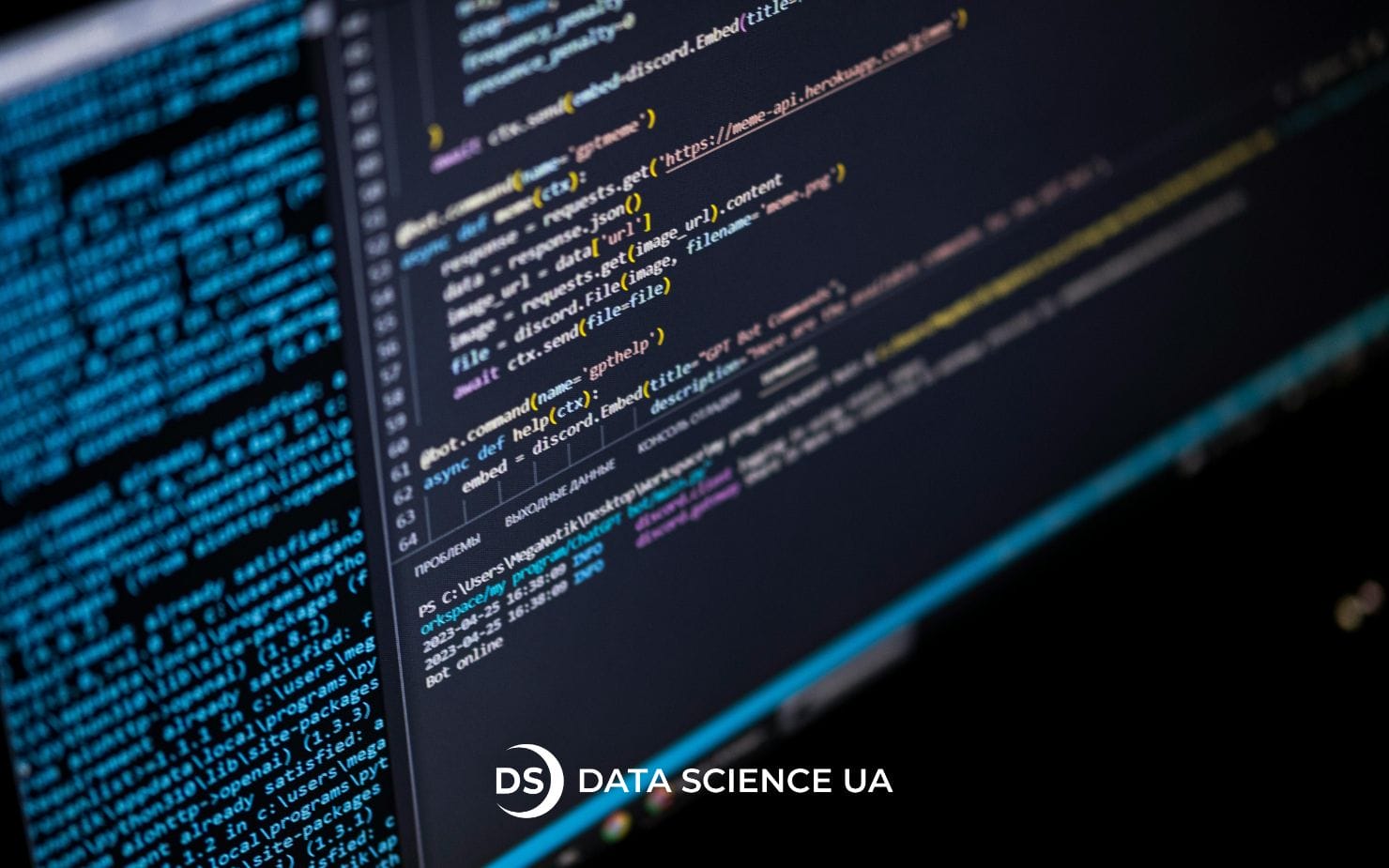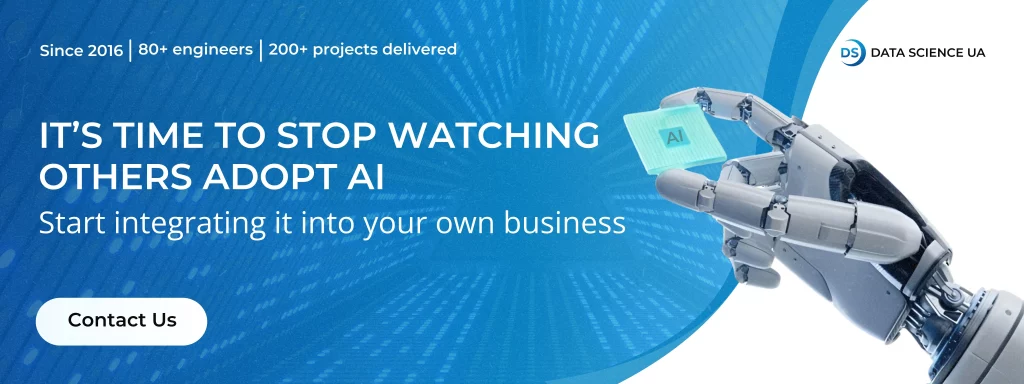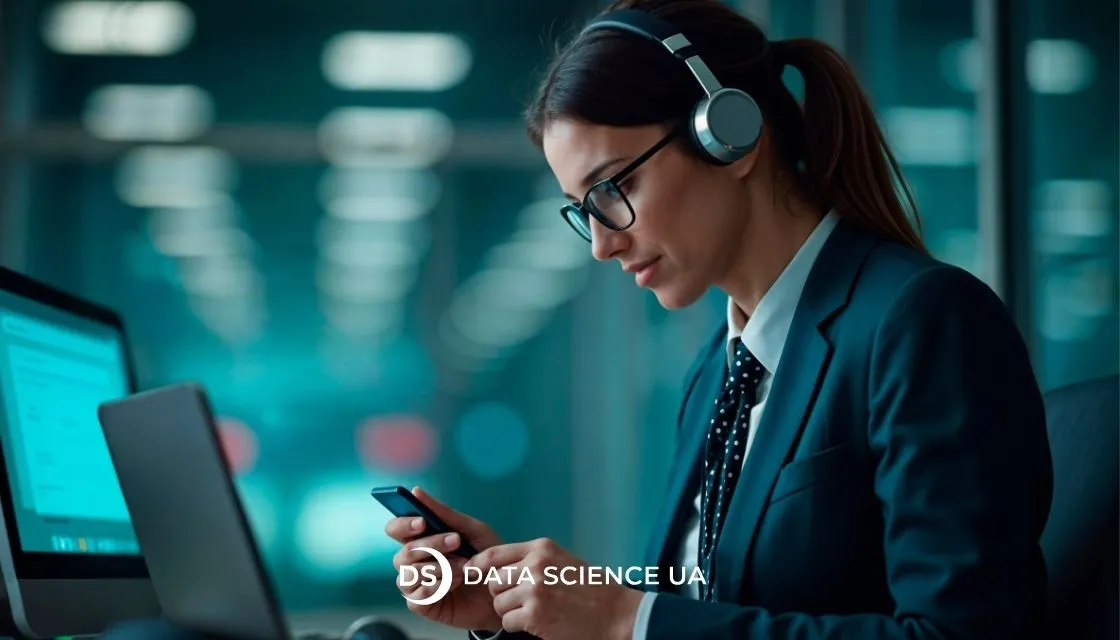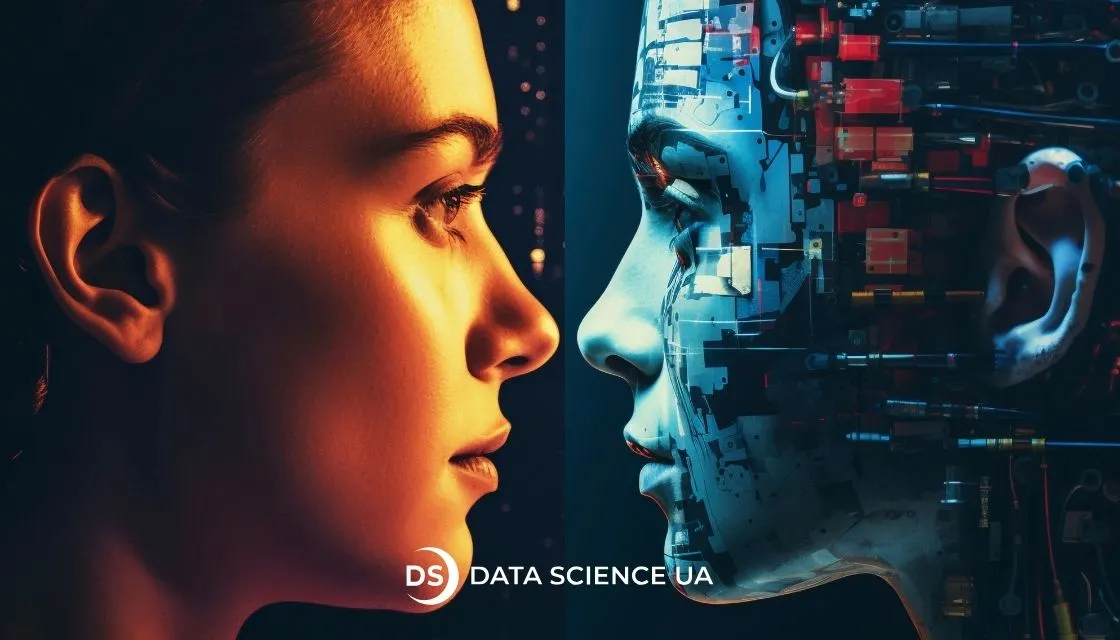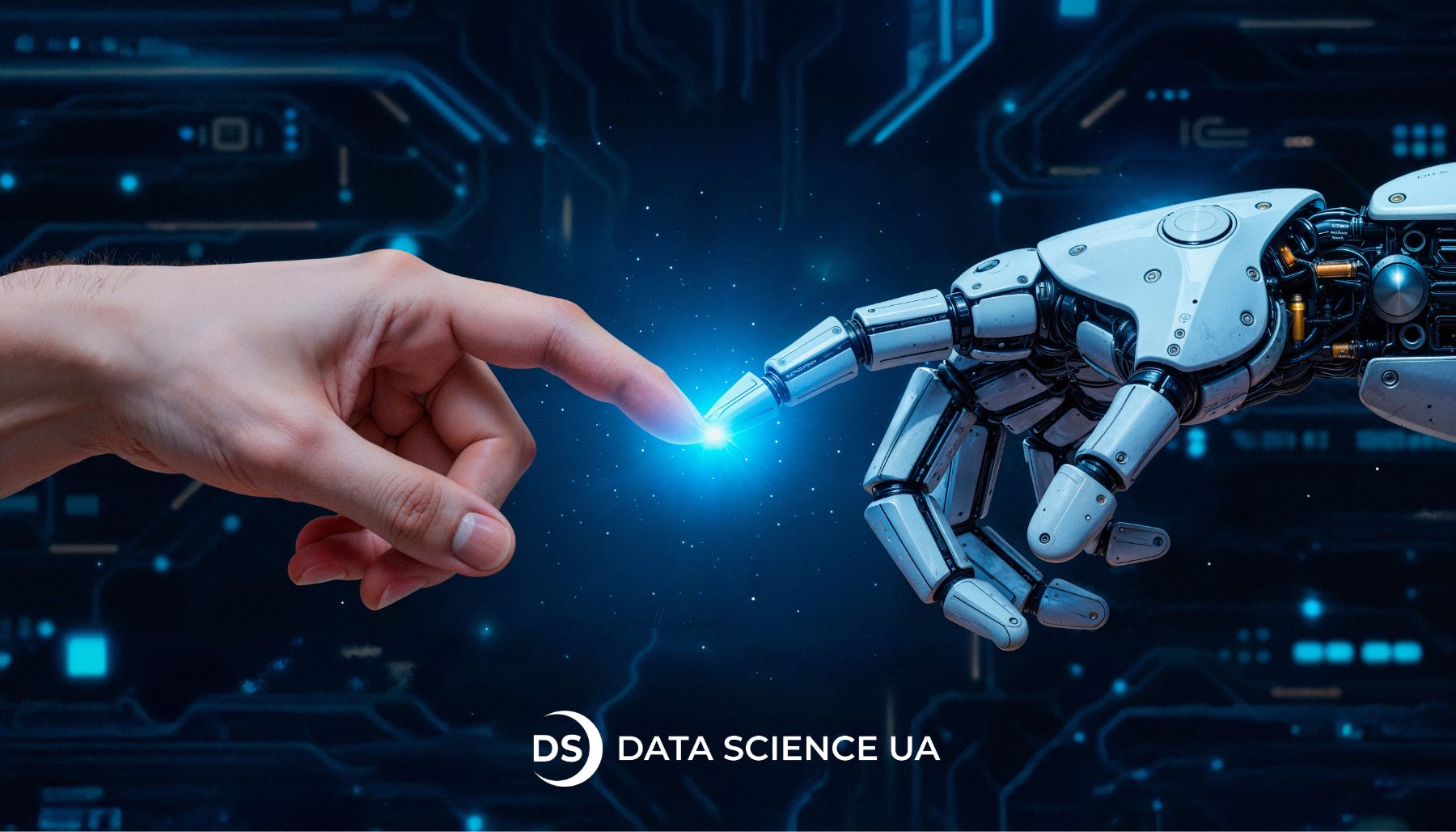Computer Vision and Image Processing: Essential concepts and applications
Imagine a regular store CCTV that actually can “see”. Just like humans do: identifying objects, distinguishing between full and empty shelves, tracking how many customers have entered the store, and how many of them are in line. Even better: it instantly recognizes suspicious actions, is always consistent, and doesn’t get tired or distracted. It knows when the shelf is empty, who entered the room, how many people are in line, and can instantly recognize unauthorized access.
And yes, it already exists in our world, and the technology behind it is called computer vision.
But the path from a simple image to a “smart” solution lies through another discipline: image processing. If computer vision is the brain, then image processing is the eyes that prepare visual information for analysis.
What are these technologies? What are the computer vision image processing advantages, and how exactly are they already changing industries? More on this in our article.
What is Computer Vision?
When people look at a scene, they usually don’t perceive it as just a still picture. We immediately notice separate elements like faces, read emotions, and form our understanding of the surroundings. Computer vision aims to do the same thing – teach algorithms to “see” the content of an image and draw conclusions.
With computer vision development services, systems can track movement, analyze actions, recognize objects, and highlight important details. It all happens in real-time and is used in a variety of scenarios: from counting visitors in a shopping center to diagnostics on MRI images.
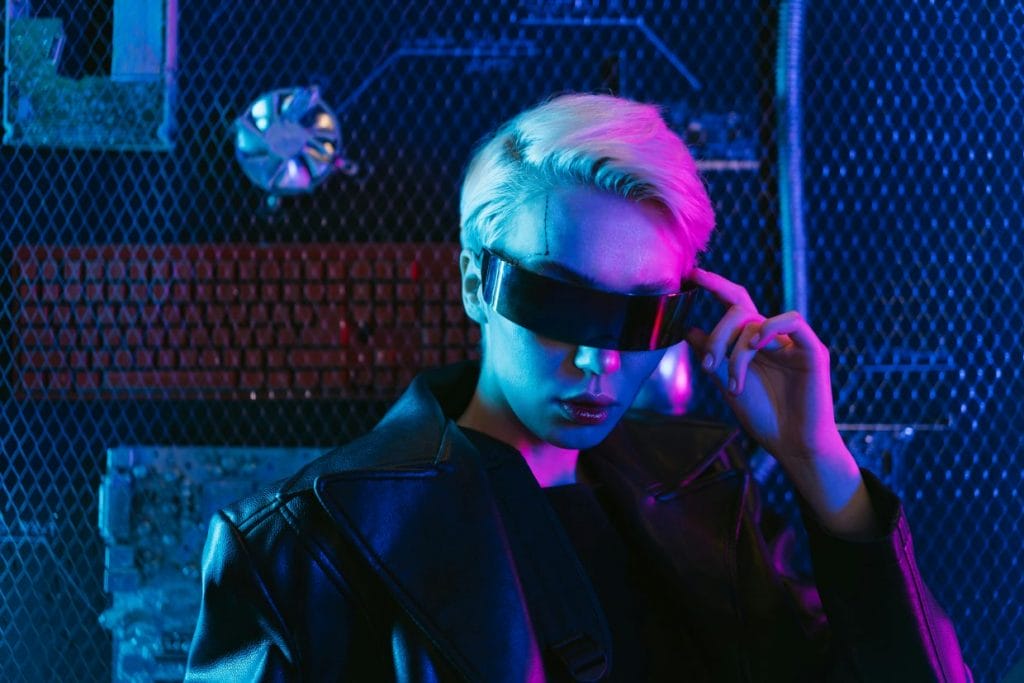
A young woman in neon cyberpunk glasses demonstrates the concept of the interface of the future for interacting with AI systems.
Key concepts and techniques in Computer Vision
Computer vision works at the intersection of mathematics, biology, and everyday logic. For the machine to be able to “understand” the image, it needs to do a lot of work: divide it into elements, find patterns, and connect them to what is already known.
The primary methods are based on recognizing visuals and the ability to accurately find the right objects in a complex background. All this turns a regular image into a source of data for analysis and decision-making.
Recognizing patterns
For an algorithm, any image is first a set of pixels. To see a face or a car number in them, the model must learn to find stable signs and distinguish between repeating forms.
This is pattern recognition: when the system learns to recognize that an oval with two dark spots is most likely a face, and a rectangle with symbols is a license plate. Such patterns become the foundation upon which all other understanding is built.
Deep Learning approaches
Deep neural networks are tools that allow models to learn from experience. They don’t just remember what an object looks like; they analyze thousands of examples to find hidden patterns.
For example, convolutional neural networks can automatically determine which parts of an image are important for recognition: edges, textures, and color transitions.
Object identification and localization
Recognizing an object is useful. But it’s even more important to accurately determine where it is and track its behavior. This is what localization is all about: it helps systems not only to highlight the necessary elements in the image, but also to work with their position and dynamics.
For example, the camera can record which shelf the item was taken from, how many people are standing at the entrance, or how a person is moving in the frame, which is an important factor for analyzing customer flow, optimizing logistics, or ensuring safety.
Real-world uses of Computer Vision
According to Statista, the CV market will grow till 2030.
At Amazon, the technology is used to automate warehouses: cameras and algorithms help track the movement of goods, control inventory, and optimize order assembly. At Walmart supermarkets, computer vision helps determine when items on shelves are running low and also analyzes customer behavior at self-checkout counters, reducing theft and errors.
In the security field, startups like AnyVision and companies like Cisco offer next-generation video surveillance systems that not only record what’s happening but also recognize faces, detect suspicious activity, and respond instantly to unusual scenarios. Tesla uses computer vision in its Autopilot systems to recognize road markings, objects, and situations in real-time.
In healthcare, companies like Aidoc and Zebra Medical analyze X-rays and CT scans, helping doctors to more quickly detect signs of stroke, pneumonia, or cancer.
Image Processing: What is it and how will it benefit your business?
Any computer vision system starts with image processing. The camera captures a stream of data, but it requires preliminary processing to turn it into meaningful information. It is at this stage that the basis for subsequent analysis is formed: details are highlighted, distortions are eliminated, and quality is improved.
Image processing is a technology that is essential for modern solutions in healthcare, industry, security, and automotive. MRI scans, drone footage, and video feeds from production lines all go through stages of filtering, correction, and transformation. And only after that do they become a source of data for business tasks.
Modern image recognition software development services allow automating these processes, increasing the accuracy and speed of analysis.
Key concepts and techniques in Image Processing
Improving image quality
Better image quality is a fundamental task in any processing system. Algorithms enhance clarity, regulate brightness and contrast, and remove digital noise. This is especially important in situations where the original image is incomplete or taken in difficult conditions.
Improved quality ensures more accurate diagnostics in medicine, correct object recognition in logistics, and stable operation of video surveillance systems.
Filtering methods
Filtering allows you to cut out unnecessary information and highlight key elements in the image. This can be noise reduction, enhancing the edges of objects, or focusing on specific areas of the frame. Filtering algorithms can be static or adaptive, depending on the specific task and image quality.
Filters are actively used in industrial visual inspection, security systems, and medical diagnostics. They provide clear outlines for the recognition and analysis systems to work with.
Transformation methods
Real images are rarely perfect: objects can be rotated, distant, or unevenly lit. Transformation methods allow such images to be brought to a single form or to be “understood” even in a modified form.
Rotations, scaling, distortions, and mirror reflections – all of this makes the model resistant to external factors. Such methods are especially important for systems operating in motion or in an uncontrolled environment: drones, production cameras, and mobile applications for image analysis.
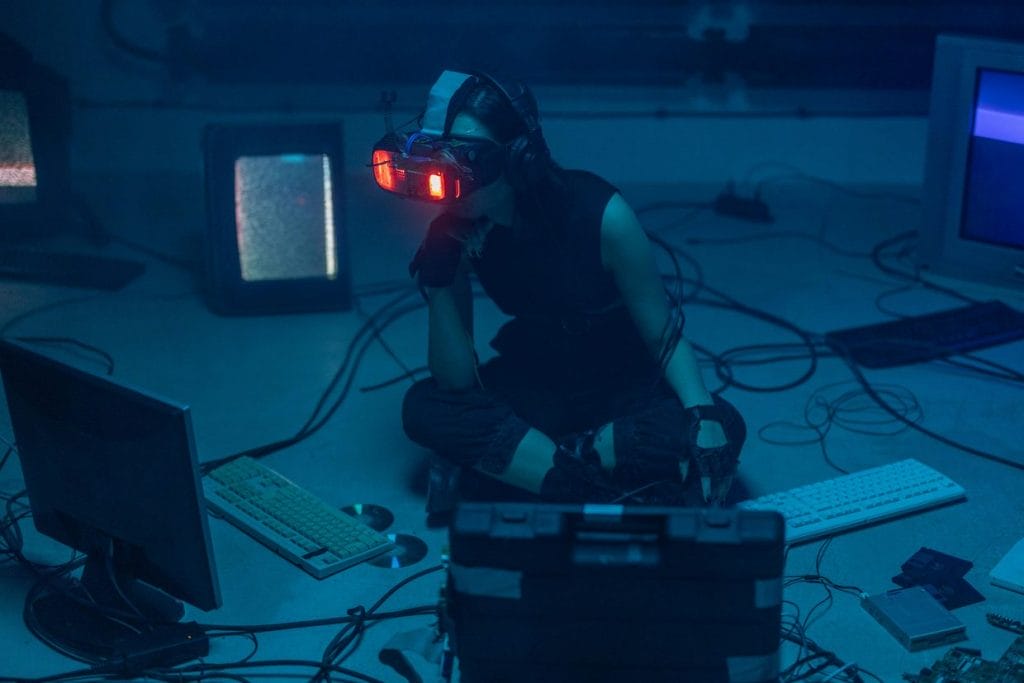
A user in a VR headset tests cybersecurity scenarios in an isolated environment with multiple monitors and connected devices.
Real-world uses of Image Processing
Image processing technologies are less frequently in the spotlight, but they are the foundation of solutions that are essential for ensuring the stable operation of more complex AI systems. Siemens and GE Healthcare use image processing services in their medical scanners to improve the quality of MRI and CT scans before a doctor sees them, which increases diagnostic accuracy and reduces the need for repeat procedures.
In the industrial sector, Bosch’s production cameras work with filtering and transformation algorithms to track product defects on the assembly line in real-time, while in the mobile photography sector, for example, in iPhones or Google Pixels, image processing makes photos sharper, colors more accurate, and images more informative, especially in low-light conditions.
Even technological giants like NASA use image processing to process data from telescopes and satellites. Without the filtering and transformation of the image from space, it would be too “raw” for analysis and thus less useful for scientific discoveries.
Computer Vision vs. Image Processing: Key differences
Both technologies involve image analysis, but their tasks, approaches, and depth of processing are different. Image processing focuses on improving visual data, whereas computer vision aims to interpret and make decisions based on that data.
Here are the main differences between computer vision vs image processing:
| Criterion | Image Processing | Computer Vision |
| Purpose | Image enhancement or transformation | Interpretation and analysis of visual information |
| Data type | Working with individual images | Analysis of images, video streams, and sequences |
| Primary methods | Filtering, correction, transformation | Object recognition, classification, tracking |
| Example tasks | Sharpening, noise reduction | Face recognition, people counting, and quality control |
| Understanding of the scene | Work at the pixel and feature level | Work at the level of meanings and context |
| Result | Improved image | Decision or action based on analysis |
In most modern solutions, both technologies work together: image processing prepares the data, and computer vision extracts meaning from it.
Image Processing and Computer Vision: how to choose
The choice between computer vision and image processing depends not so much on the scale of the tasks as on the nature of the problem you are trying to solve. If you just need to improve the image, highlight the borders, or convert the format, that’s classic image processing.
But if the goal is for the system to “understand” what’s happening in the photo or video, recognize objects, interpret the context, and make decisions, that’s where computer vision comes in.
Sometimes, simple algorithms are enough, and sometimes deep learning and complex architectures that emulate humans’ thought process are required. The main thing is not technology for technology’s sake, but a precise understanding of what problem you are solving and what approach is best suited to it.
Combining Computer Vision and Image Processing techniques
In practice, the boundaries between image processing and computer vision are often blurred. Pure computer vision rarely goes without image processing, and image processing often becomes the starting point for more complex analysis.
Let’s say you’re creating a video surveillance system. First, you apply image processing to improve the image quality, remove noise, and adjust the brightness. Then you add computer vision processing to the mix, enabling the hardware to not just “look” but also “understand”. The camera now distinguishes people, tracks movements, and assesses potential threats.
Visual images produced by computer processing enhance both technologies and make the solutions flexible and powerful. The main thing is to understand how they work together and where each one is most effective.
Future trends in Computer Vision and Image Processing
In the coming years, both fields will not just develop but change entire industries. We’re already seeing computer vision being implemented in drones, medical diagnostics, logistics, retail, and agriculture.
Special attention is paid to edge solutions, where processing occurs not in the cloud but directly on the device, which reduces latency, increases security, and provides a new level of autonomy.
Meanwhile, image processing is getting a second life in conjunction with neural networks. Algorithms become adaptive and work in real-time. All this brings us closer to systems that not only analyze images but also understand context, mood, and intentions with next-level precision.
Integrate AI in your business with our help!
So, what is better?
Computer vision and image processing are not two competing technologies, but two powerful tools in the arsenal of a modern developer. One helps “see”, the other helps “understand”. Together, they pave the way for systems that can not only record reality but also interact with it consciously.
When choosing image processing vs computer vision or combining both approaches, it is important to focus not on the technologies themselves, but on the business goals and user tasks. Then the solutions become not just technically elegant, but truly useful.
FAQ
What are the main challenges in projects related to computer vision and image processing?
The main difficulties are data quality, scaling solutions, and computational resources. It takes time and effort to tag images. Image analysis and computer vision can be unstable in low-light conditions, with noise, or with non-standard angles. Powerful GPUs and real-time model optimization are needed.
How do computer vision and image processing complement each other?
What to choose: image processing vs image recognition? Image processing is the preparation stage: improving image quality, filtering noise, and contrast. Computer vision uses this data for analysis: object recognition, tracking, and understanding scenes. Together, they provide accurate and consistent results.
What future trends are expected in computer vision and image processing?
Development is expected in the areas of multimodal models (visual and text data), generative approaches (e.g., through diffusion models), edge computing, and autonomous systems (robots, drones, cars). The use of image processing computer vision in medicine, security, agrotechnology, and retail is also growing rapidly.
/./
